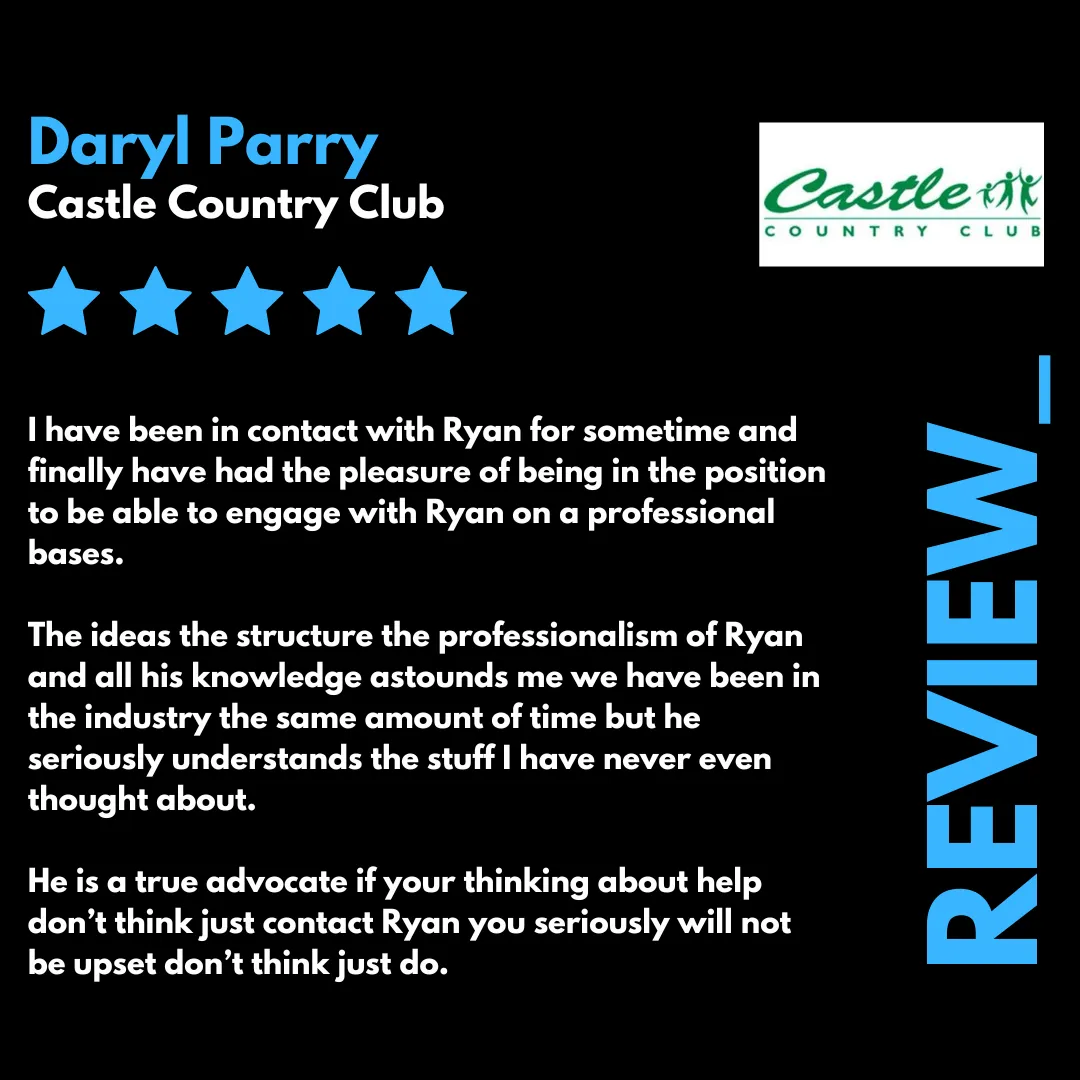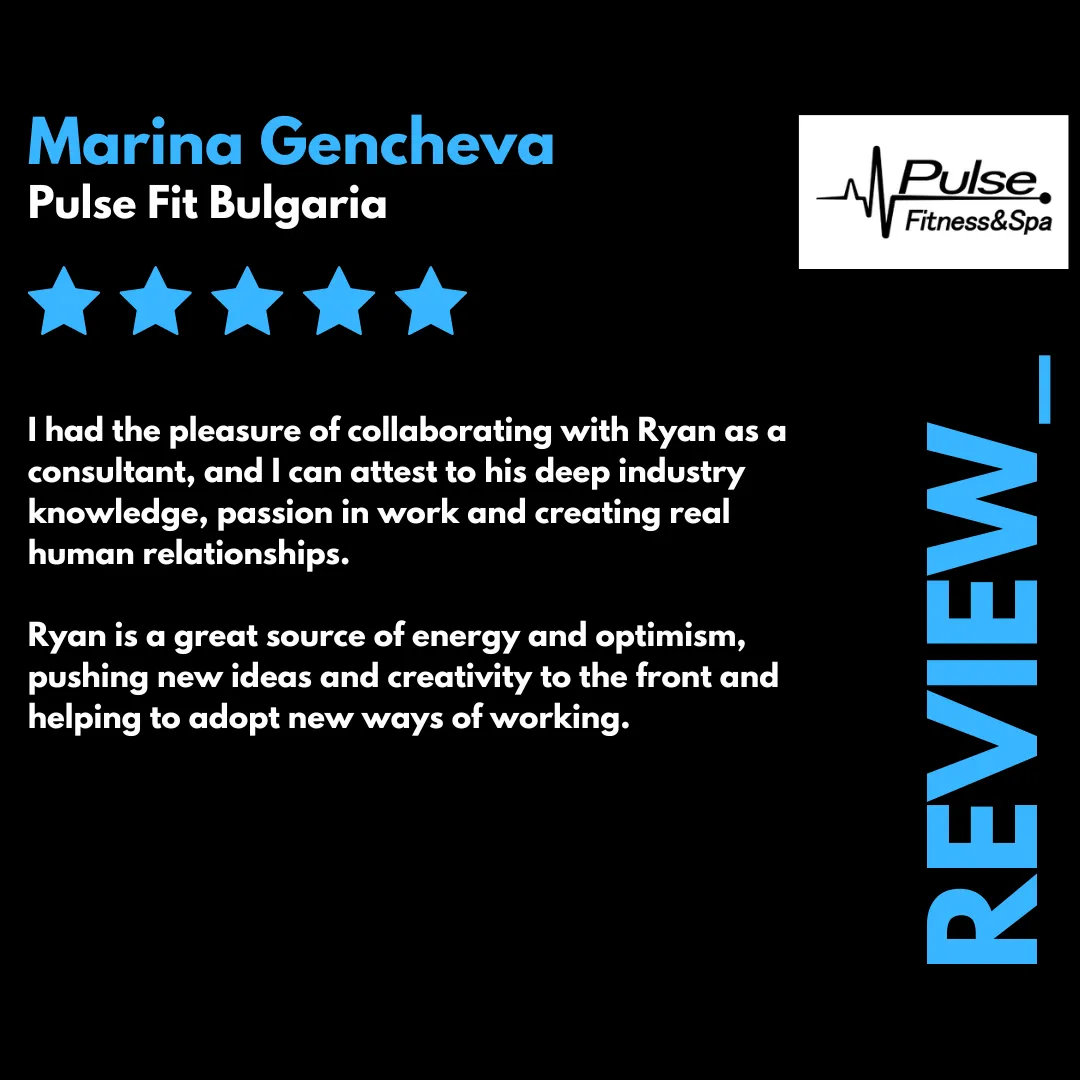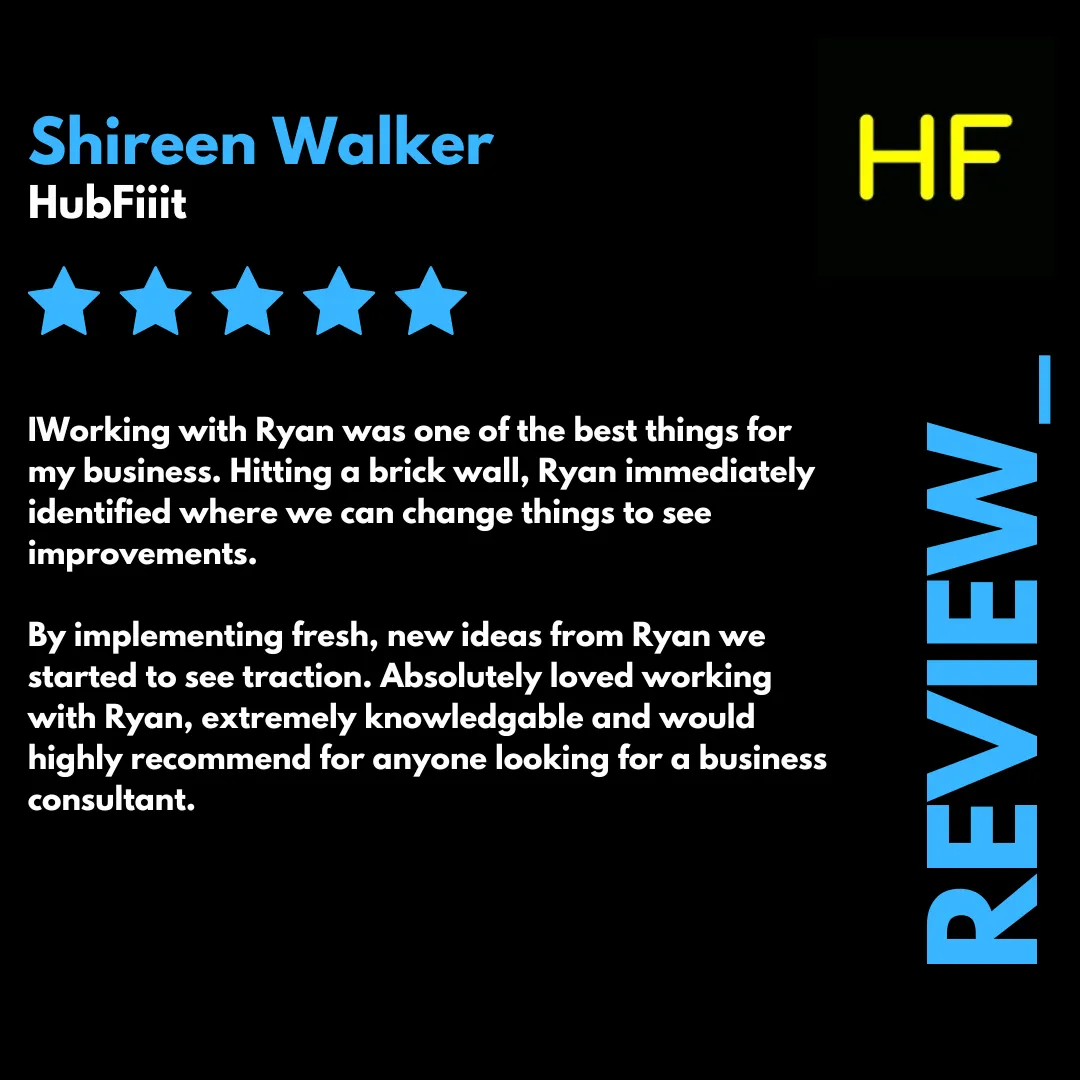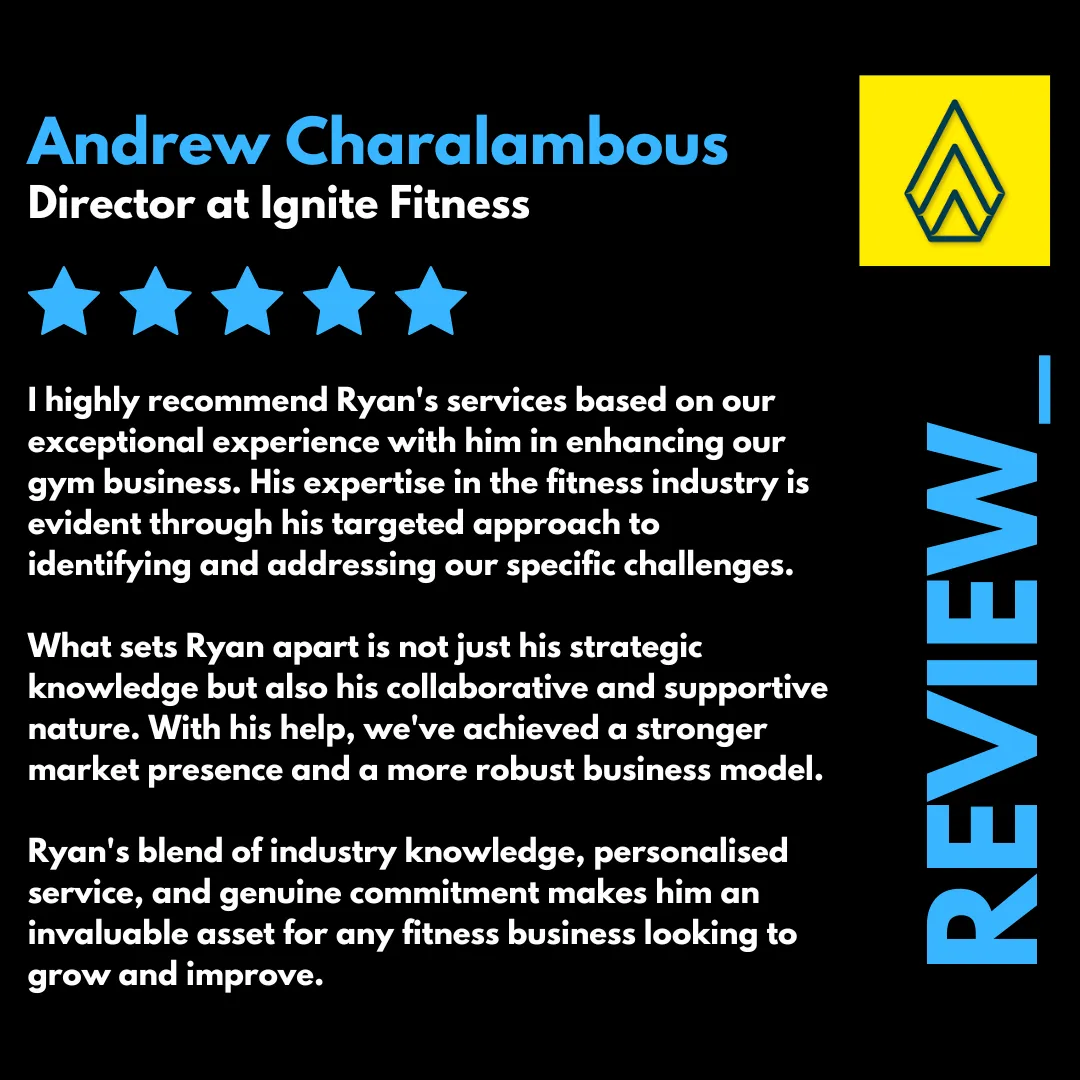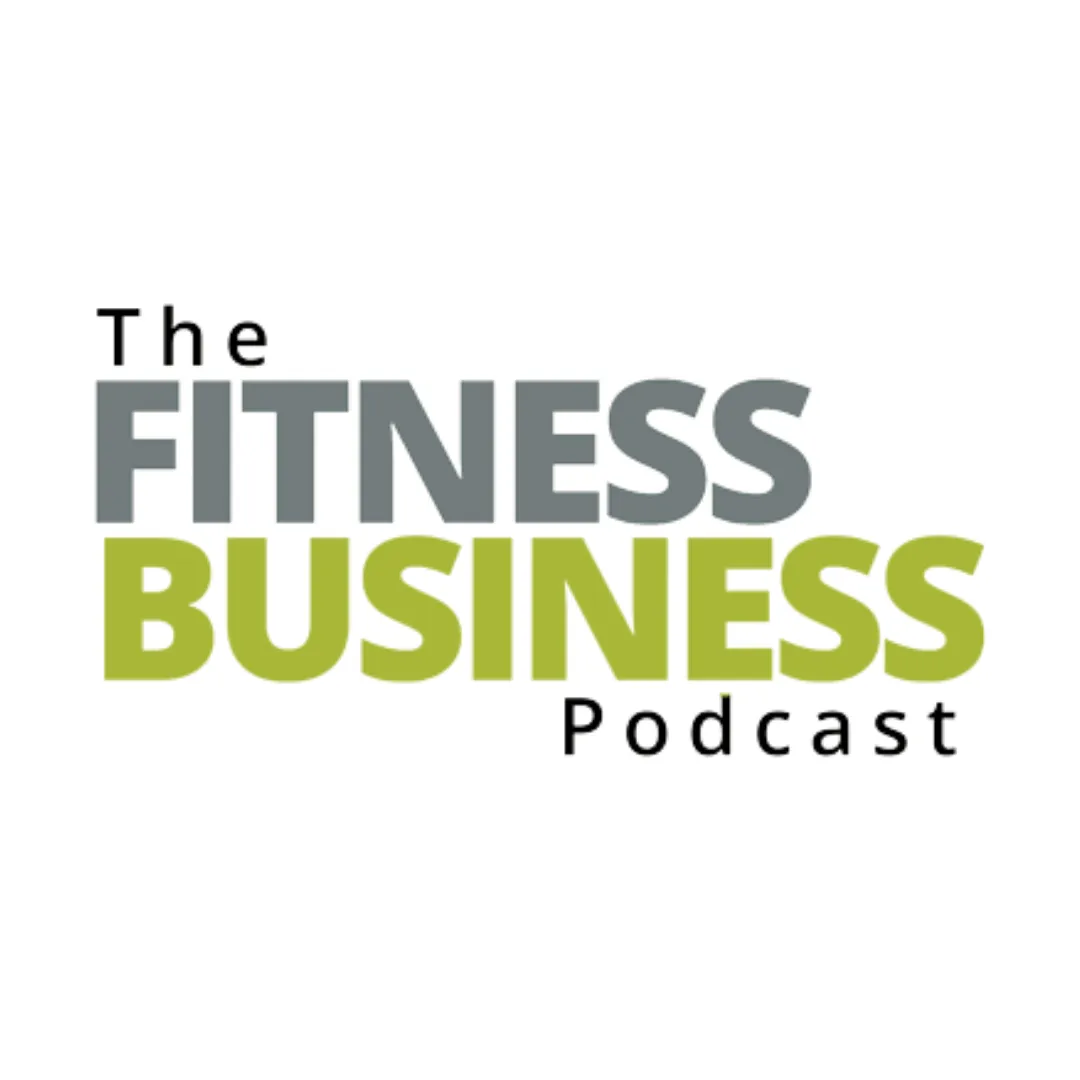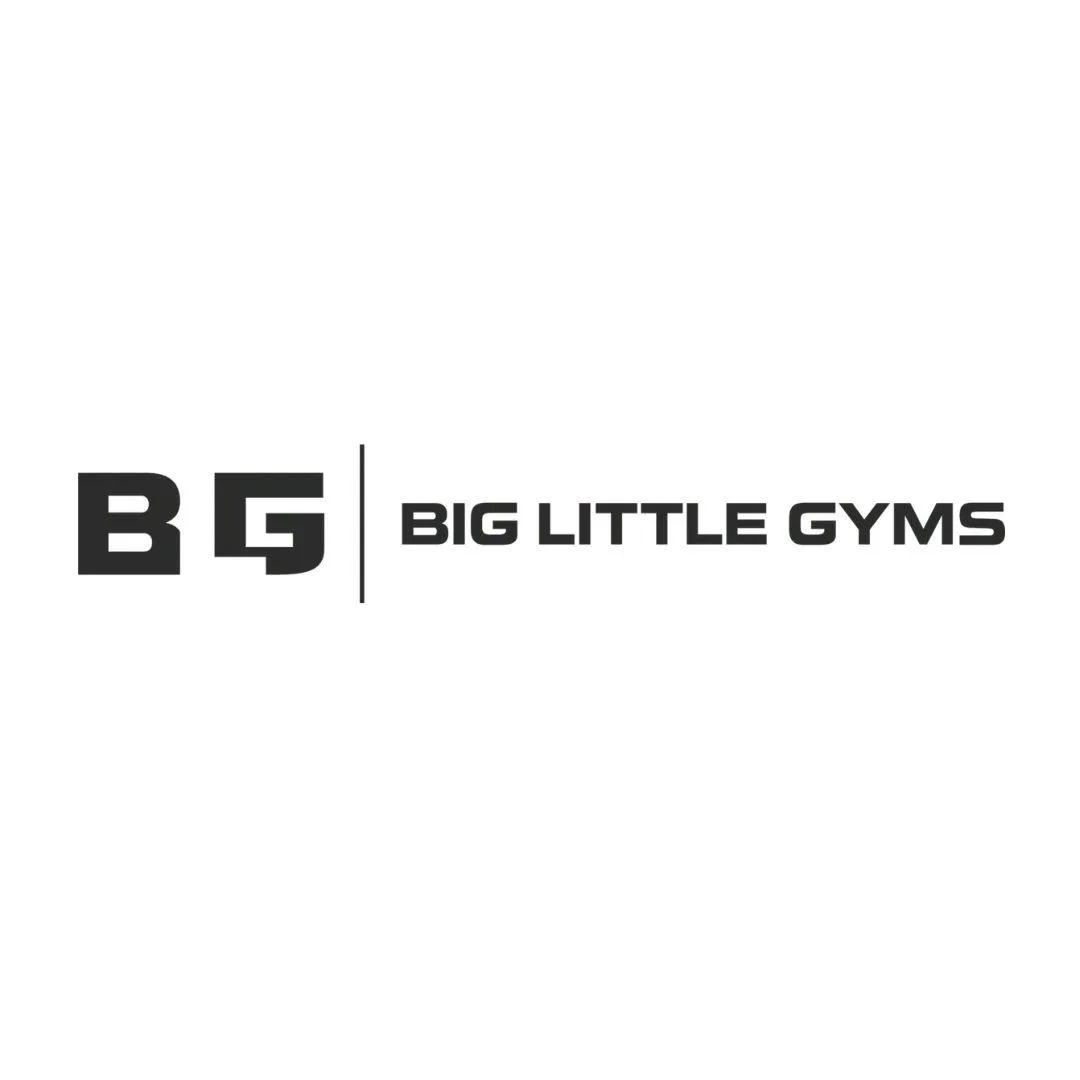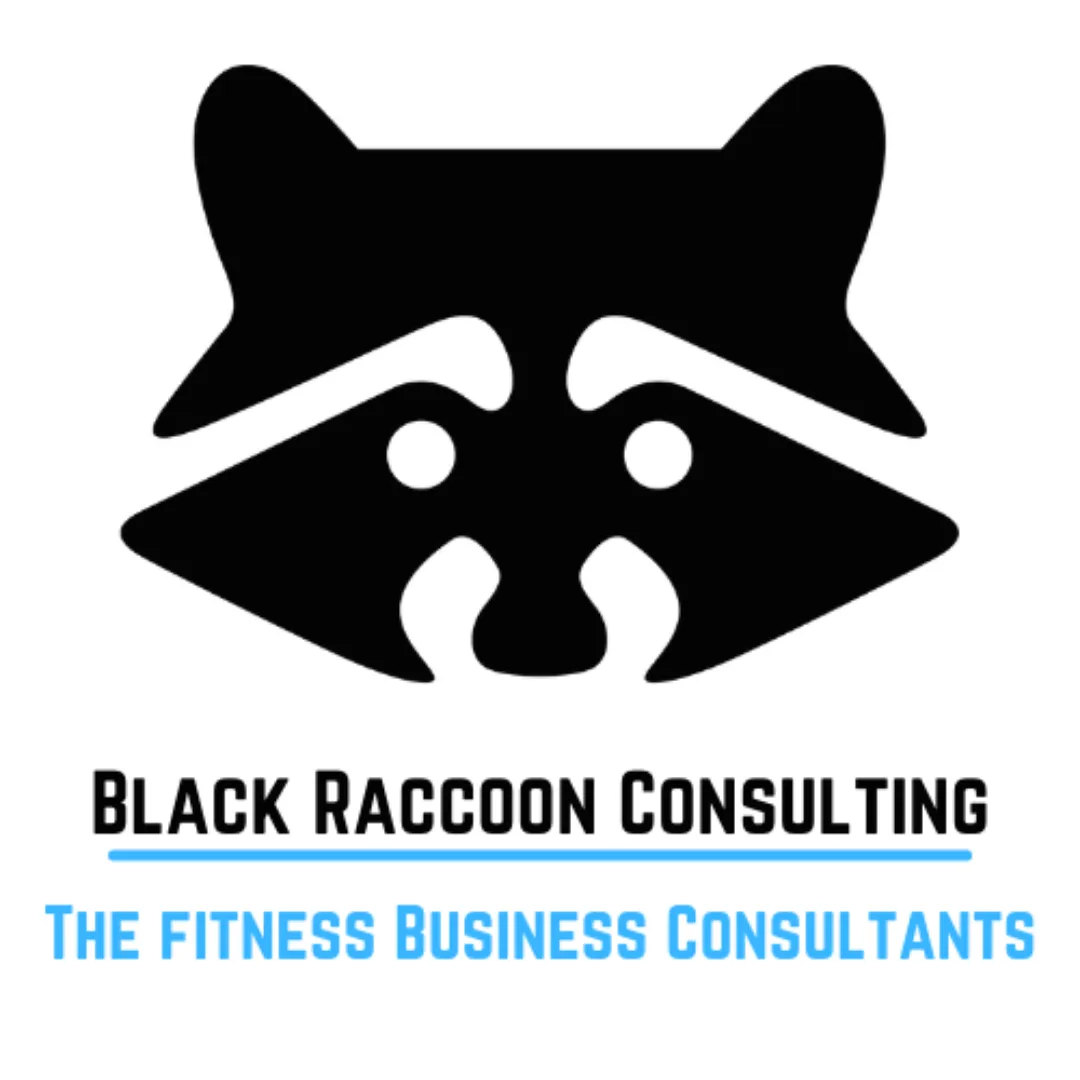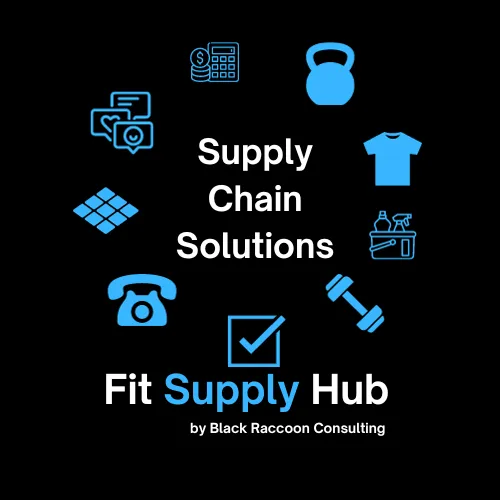
Blogs, News, Links & Podcasts
Read our latest newsletter and blogs and see links to industry information, blogs and Podcasts
Our Free Download Catelogue
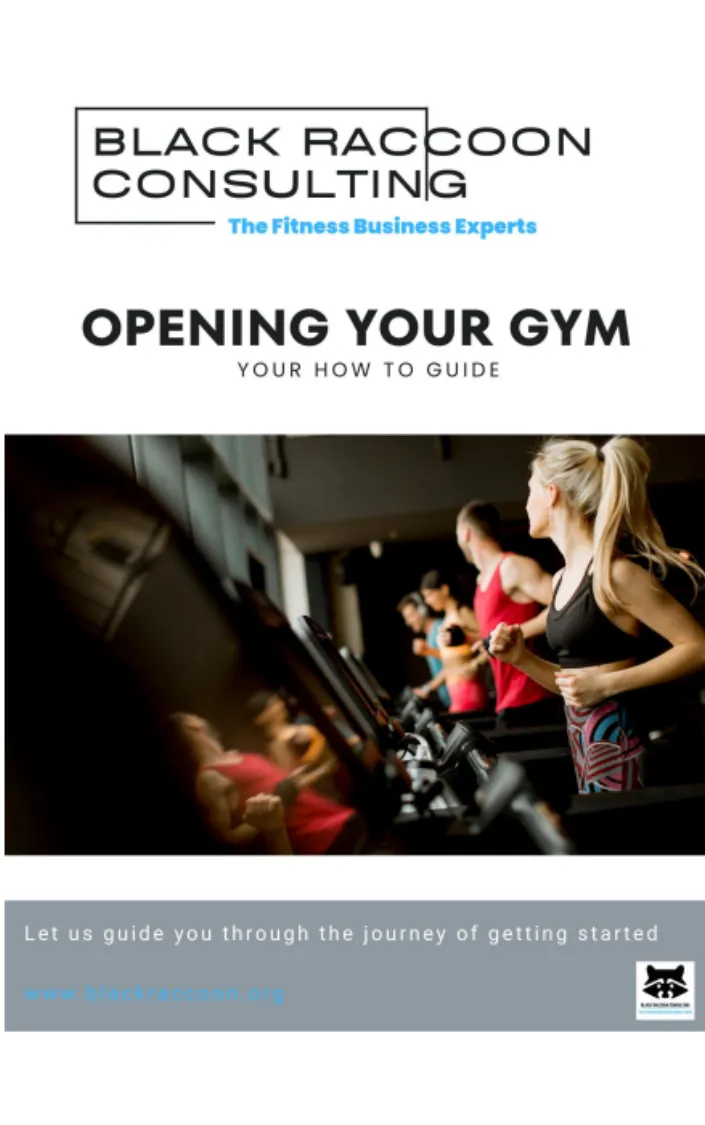
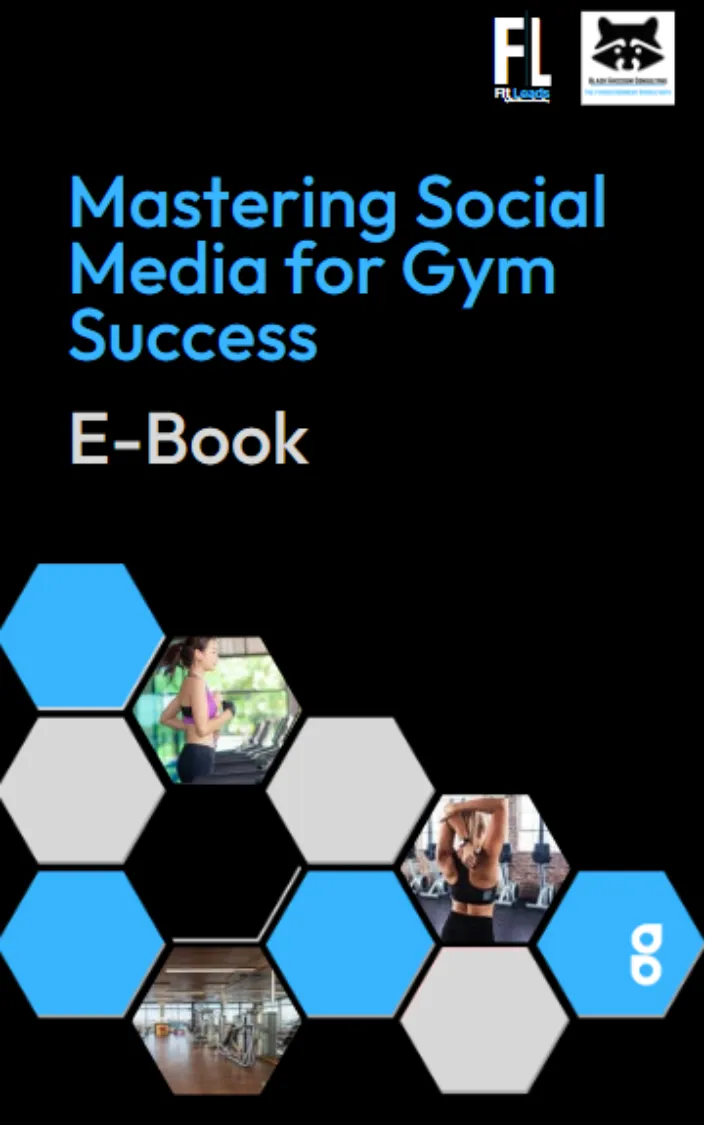
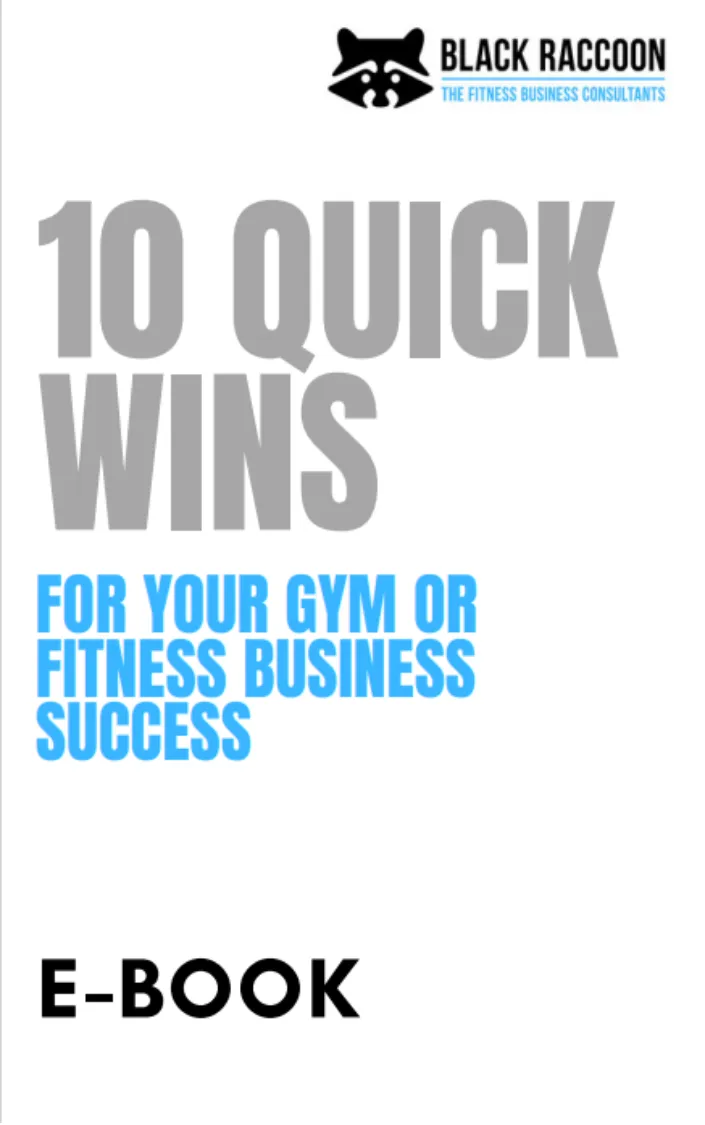
Read our Blog Articles.
Read our thoughts on a range of topics from how best to run your facility to industry updates and developments
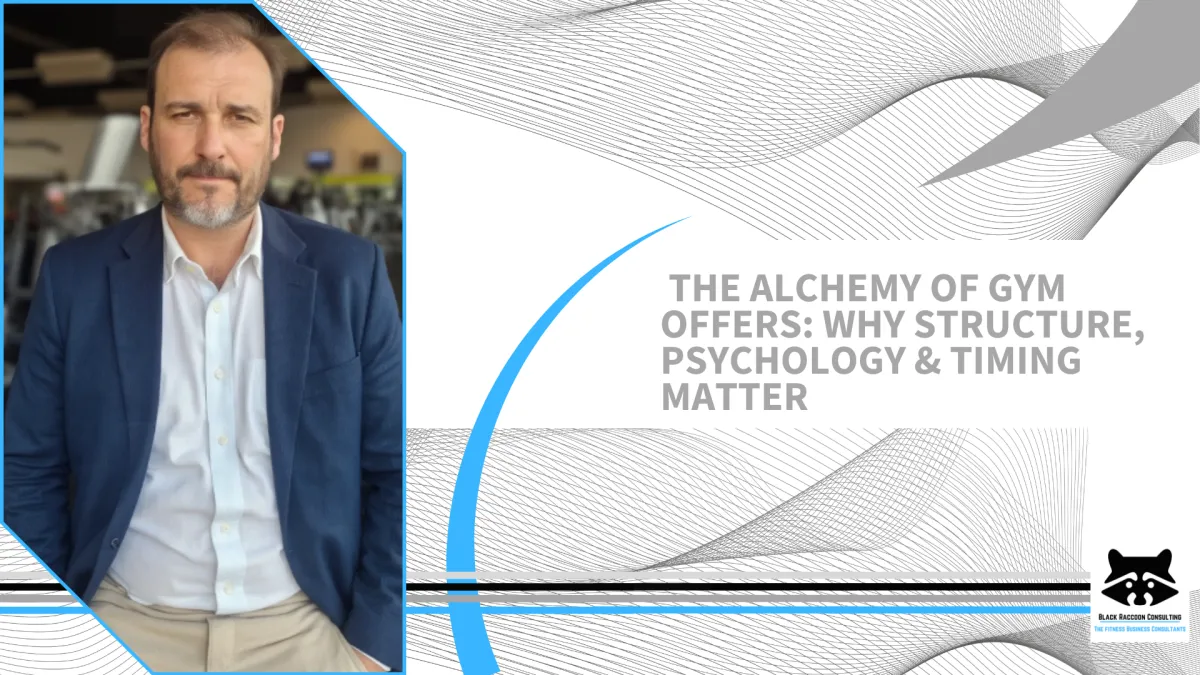
The Alchemy of Gym Offers: Why Structure, Psychology & Timing Matter
The Alchemy of Gym Offers: Why Structure, Psychology & Timing Matter
Offers are far more than just marketing props; they’re strategic levers that can either turbocharge your gym’s growth or quietly erode its brand and profitability. In an industry as competitive as fitness, understanding how to craft offers thoughtfully can make the difference between a thriving club and one stuck in a cycle of endless discounts and free trials that never convert.
Why do some offers resonate while others barely register? Why do certain promotions feel fresh and exciting, while others fade into the background? The answers lie in the deep psychology of decision-making, the structure of value-driven offers, and precise timing that ensures your message lands at the exact moment your prospects are ready to act.
This article dives deep into these dynamics—exploring the hidden forces that make offers work (or fail), real-world examples from gyms that have mastered them, and research-backed insights to turn offers into true growth drivers. We’ll explore:
Why perpetual promotions can backfire
How scarcity and urgency increase conversion
The impact of anchoring and pricing psychology
When short vs long trials make sense seasonally
Why paid, value-rich trials outperform free access
How to design seamless systems and follow-up flows that close
Our goal is to help you move beyond knee-jerk promotions—toward offers that fill the door, build loyalty, fuel long-term growth, and support a resilient, respected brand.
1. Brand Position vs Price Wars
Competing on price only works if low cost defines your brand identity. With budget giants like PureGym dominating, chasing price without owning it leads to constant discounting and little differentiation.
Data shows that 67% of gym members never use their membership, and 50% quit within six months. Chasing them often means high churn and low engagement. Instead, focus on attracting people aligned with your values and services—even if they pay more.
2. The Power of Scarcity & Urgency
Time-limited offers trigger action. Psychological studies confirm that scarcity—like “Offer ends Sunday”—dramatically boosts conversion rates. But urgency only works if it's real. Perpetual offers kill the effect; scarcity makes time count.
Strategically timed deals—like December promotions that end pre-January—heighten seasonal readiness and foster FOMO.
3. Anchoring & Smart Pricing
How you price tests perception. Anchoring theory explains that people assess values relative to what they see first.
For example, a £129 trial sets a high benchmark, making a £99/month membership feel like a great ongoing deal. But a £40 trial followed by £99/month membership feels steep because the anchor was too low.
4. Trial Types: Matching Offer to Season & Intent
Short trials (1–2 weeks) provide quick taste and work when people want immediate clarity—such as around Christmas when time is abundant but commitment untested.
Medium trials (4 weeks, £79–99) offer enough time to engage and create habits—especially effective in slower months like spring and autumn.
Long trials (6+ weeks) work well for seasonal draws like pools—summer offers for family fitness around pools, for example.
Studies reveal that 67% of trials fail to convert due to lack of strategy. Paid trials—with value added—can yield much higher ROI, sometimes up to 700%.
5. Paid Trials: Quality & Commitment
Paid trials—especially those with included extras (PT session, body analysis)—send a clear signal: this is premium. A case study by Trainerize showed 40%+ conversion from high-value paid trials. Charging for trials not only helps your cash flow—it signals commitment and ups credibility.
6. Psychology: Reciprocity, Authority & Loss Aversion
Offers should tap into core behavioral principles:
Reciprocity: Free gifts prompt people to give back
Authority: Including expert input (e.g., PT, nutritionist) builds trust
Loss Aversion & Scarcity: Fear of missing out is more powerful than the allure of gain
Free trials are often undervalued due to the endowment effect—people value what they've paid for more than what they get for free.
7. Seasonal Timing & Consumer Behavior
January and September spike interest naturally. However, major discounts then can hurt margins. Offering value-adds (like a free PT session during off-peak months) can smooth membership uptake without full price cuts.
8. Deliver Value, Build Experience
Trials should be structured to simulate real membership:
Provide app access, booking features, coaching check-ins
Run orientation sessions and community meetups
Personalize experiences and follow-ups—don’t just let people use the gym and leave
Research shows that 84% of engagement failures come from lack of personalization.
9. Seamless Execution = Higher Conversions
Even great offers underperform if systems are clunky. One gym saw 30% higher conversions when ad campaigns linked directly to bookable and payable trial packages—versus those requiring form fills or calls.
Make it:
Clear (no skimmed terms)
Fast (single-step flow to join or pay)
Mobile-first (smooth on phones)
Putting It All Together
A powerful gym offer:
Reflects your brand position
Is time-limited to create urgency
Uses pricing psychology and anchoring
Matches trial type to season
Bundles in real value
Taps into human behavior
Delivers personalized trial experiences
Runs through friction-free systems
Conclusion: Offers as Brand & Growth Engines
A sharp offer isn’t just about filling one-time visit numbers—it signals your gym’s quality, attracts the right members, fosters loyalty, and drives long-term success. By combining behavioral insights with intelligent design and seamless systems, your offers become growth catalysts—not clearance traps.
If you're ready to turn your promotions into engines of growth rather than temporary spikes, I’d love to walk you through tailored frameworks based on your club’s positioning and calendar.
Want help building offers that accelerate growth? Let’s talk.
The Inside Track Podcast
We interview some of the most influential people in the fitness industry and pick their brain about what works best, what we should be looking at next, how best to achieve success and more importantly how they got to where they are now.
Guests have included: Casey Conrad, Dave Wright, Richard Synnott, Andy King, Bobby Verdun, Mel Tempest, Lisa Keucker, Steve Jensen, Richard Grey, Micahel Boyle and many more
Other popular Industry Podcasts
